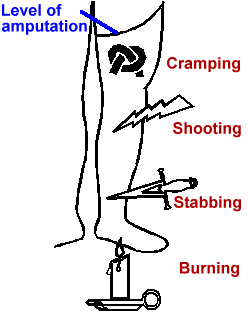
|
SHARE |
|
He currently directs the Behavioral Medicine Research and Training Foundation, which provides distance based courses on psychophysiology and biofeedback to clinicians, educators, and other professionals. For information, see the web sites www.behavmedfoundation.org or www.biofeedback-training.org.
Futurehealth Member for 784 week(s) and 6 day(s)
Content Pageviews (Total/Last Month) - Article Pageviews (3,165/25) - Quicklink Pageviews (14/None) - Diary Pageviews (None/None) - Poll Pageviews (None/None)
2 Articles, 0 Quick Links, 0 Comments, 0 Diaries, 0 Polls
Articles Listed By Date
List By Popularity
List By Popularity
SHARE  Thursday, June 10, 2010
Thursday, June 10, 2010
Why do you need training to effectively incorporate psychophysiological assessments and biofeedback-based interventions (1293 views) Everyone planning to include psychophysiological assessments and biofeedback interventions in his or her practice needs, at the very least, to take a basic course in biofeedback. A good course will help you understand the relationships between the feedback display, the physiology being recorded, and the disorder being assessed and then treated.
Why do you need training to effectively incorporate psychophysiological assessments and biofeedback-based interventions (1293 views) Everyone planning to include psychophysiological assessments and biofeedback interventions in his or her practice needs, at the very least, to take a basic course in biofeedback. A good course will help you understand the relationships between the feedback display, the physiology being recorded, and the disorder being assessed and then treated.

SHARE  Saturday, November 7, 2009
Saturday, November 7, 2009
The Use of EIectromyographic and Temperature Biofeedback for Treatment of Cramping and Burning Phantom Limb Pain (1872 views) Phantom limb pain occurs among between 50 and 80 percent of amputees. For patients who describe burning/tingling phantom limb pain and have an essentially normal reactive vascular system, a trial of temperature biofeedback may provide relief.
The Use of EIectromyographic and Temperature Biofeedback for Treatment of Cramping and Burning Phantom Limb Pain (1872 views) Phantom limb pain occurs among between 50 and 80 percent of amputees. For patients who describe burning/tingling phantom limb pain and have an essentially normal reactive vascular system, a trial of temperature biofeedback may provide relief.

